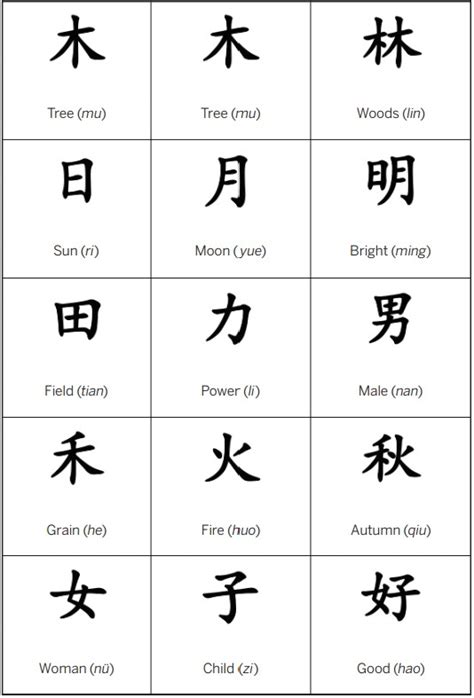Language and writing systems are fundamental to human communication, shaping the way we express thoughts and ideas. An intriguing thought experiment is considering how English would look if it were written in Chinese characters. This exploration opens a window into understanding the complexities of linguistic fusion and how writing systems reflect cultural and phonetic nuances.
One interesting perspective is considering how native English speakers might adapt to using a logographic system such as Chinese characters. Commenters have noted that if English had developed in a cultural context similar to ancient China’s, characters would likely evolve to represent both phonetic elements and semantic meanings, much like Kanji in Japanese. For example, the word ‘work’ in Chinese is represented by the character 工 (gōng), which visually hints at the concept of labor. Adopting a similar system for English could lead to fascinating visual representations of common words.
A commenter on the referenced discussion pointed out that learning Chinese or Japanese involves recognizing thousands of characters, each carrying a unique phonetic and semantic load. This complexity suggests that adopting such a system for English would present a steep learning curve. Yet, as another user highlighted, considering English’s numerous homophones, a logographic system might provide clarity and precision, making written English less ambiguous.
In examining linguistic history, one must consider how different writing systems evolved to meet communicative needs. The transition from pictographic systems in ancient Mesopotamia and Egypt to the alphabetic systems of Greeks and Romans shows a trend towards simplicity and phonetic representation. Yet, Chinese characters retained their logographic nature due to the language’s monosyllabic structure and the high degree of homophony. Attempts to create similar systems have been seen in other languages throughout history, such as the use of Kanji in Japanese, which helps differentiate homophones while enriching the language with semantic depth.
Several comments in the discussion raised the query about how native Chinese speakers integrate foreign words. Historically, languages like Japanese adopted Chinese characters around 950 AD, not by phonetically spelling the words but by assigning characters that represent similar sounds or meanings. This practice is visible today when Chinese characters are used to approximate the sounds of foreign names and terms. For instance, ‘Churchill’ might be transliterated to 丘吉尔 (Qiūjí’ěr), preserving phonetic elements within the bounds of existing characters.
One of the most intriguing aspects discussed was the idea that the nature of Chinese characters influences the phonetic structure of the language itself. The radical system in Chinese not only provides semantic hints but also sometimes suggests pronunciation. However, modern scholars and native speakers have mixed views on whether characters carry genuine phonetic cues. This blend of phonetics and semantics is a layer of complexity that lends both beauty and challenge to the language.
Comparing this to English, where spelling and pronunciation have irregularities stemming from historical influences, shows a stark contrast. English has borrowed from numerous languages over centuries, leading to diverse phonetic patterns. Simplifying English into a logographic form could theoretically unify these irregularities, though it would transform the language’s learning process entirely. Imagine translating ‘through,’ ‘threw,’ and ‘thru’ into distinct characters that capture their unique pronunciations and meanings— it would certainly be a pedagogical revolution.
As fascinating as this thought experiment is, it also reveals the profound connection between language and culture. Writing systems are not just tools for communication but reflect historical, social, and cognitive aspects of a society. Whether it’s the meticulous strokes of Chinese characters or the flowing script of Latin alphabets, each system tells a unique story. Exploring these narratives helps us appreciate the rich tapestry of human language evolution and its impact on our lives.


Leave a Reply